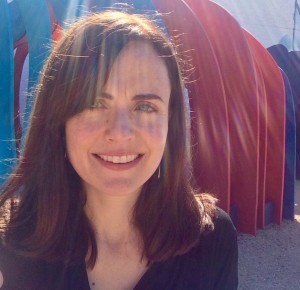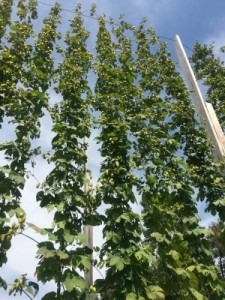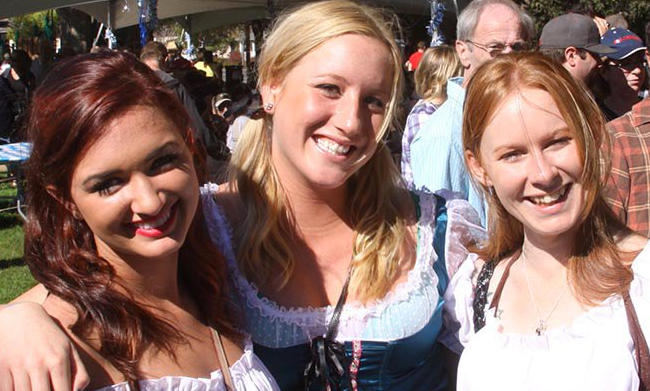The enduring tradition of Oktoberfest just goes to show that the Germans knew how to throw a great party. The Arizona Center for Germanic Cultures will continue their party-throwing tradition this Saturday in Hance Park. What began as a massive wedding celebration for the Bavarian Crown Prince Ludwig I and Princess Therese of Saxony-Hildburghausen carries on 200 years later as an annual celebration of all things deliciously Deutschland. Of course, Oktoberfest isn’t just an excuse to pull your favorite lederhosen out of mothballs. It a great opportunity to learn a bit about a key part of the event and something the Germans do exceedingly well: make beer!
According to the U.S. Geological Survey, beers acquire their flavor from different varieties of hops, barley and wheat. Hops are a type of vine with flowers that are used in the process of brewing.
Soil chemistry and nutrients are critical to the taste of hops, as well as the taste of grapes used for winemaking. Loose soils are ideal since they provide the necessary level of water drainage.
Filtration is also a key part of the process. Mother Nature knows this and thus provides a natural filter in the form of a mineral called Diatomite. Diatomaceous earth, as it’s also know, is often used in farming for grain storage as a natural insecticide and an anti-caking agent.
Now that you’re in on a few of the brewers’ secrets, you can enjoy the fruits and grains of their labor and raise a stein to Ludwig and Therese at the Old World Phoenix Oktoberfest on Saturday October 4th at Margaret T. Hance Park. The celebration starts at noon with a ceremonial keg-tapping and carries on til 9pm. Look for rides, music, dancing, authentic German food and beer – lots of beer.
If you go:
What: Phoenix Oktoberfest Festival
When: Saturday, October 4, 12:00 p.m. to 9:00 p.m.
Where: Margaret T. Hance Park, 1202 N. 3rd Street (entrance to festival is off of East Moreland Street)
Admission: $10 per adult, under 21 is free. To pre-purchase your tickets.









